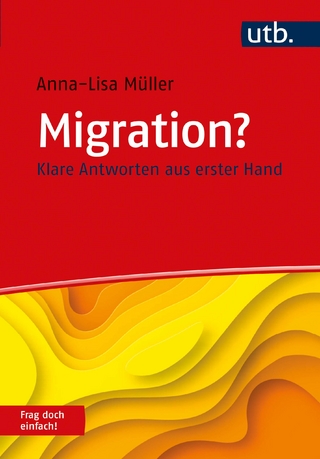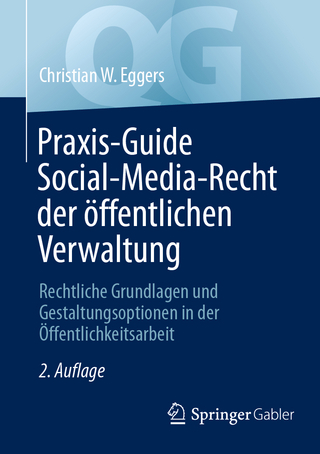
Macroeconomic Policy Since the Financial Crisis
Seiten
2023
Agenda Publishing (Verlag)
978-1-78821-655-5 (ISBN)
Agenda Publishing (Verlag)
978-1-78821-655-5 (ISBN)
Starting from the premise that all models are wrong, but some are useful, Iannizzotto introduces and explains the working of the various macroeconomic models available for policymaking. Students are challenged to consider the strengths and weaknesses of each model so that they develop their own critical engagement with macroeconomic policymaking.
Economic policymakers use various macroeconomic models, but how reliable are they in real-world conditions? Starting from the premise that all models are wrong, but some are useful, Matteo Iannizzotto introduces and explains the workings of the key economic models available for policymaking. He shows that the inconsistencies and contradictions evident in the real world require the economist to make choices about which models to adopt in certain circumstances and when not to rigidly adhere to a single approach.
The book uses a clear and critical step by step analysis to consider the strengths and weaknesses of each model, in a way that enables students to develop their own critical engagement with macroeconomic policymaking. In so doing, the book provides an understanding of the world economy’s fluctuations since the global financial crisis that embraces the uncomfortable fact that inconsistency and the need for a multiplicity of models is central to macroeconomic policy choices.
For the many students bewildered by the disconnect between the models in their textbooks and the policy choices so hotly debated in the press, the book will be essential reading.
Economic policymakers use various macroeconomic models, but how reliable are they in real-world conditions? Starting from the premise that all models are wrong, but some are useful, Matteo Iannizzotto introduces and explains the workings of the key economic models available for policymaking. He shows that the inconsistencies and contradictions evident in the real world require the economist to make choices about which models to adopt in certain circumstances and when not to rigidly adhere to a single approach.
The book uses a clear and critical step by step analysis to consider the strengths and weaknesses of each model, in a way that enables students to develop their own critical engagement with macroeconomic policymaking. In so doing, the book provides an understanding of the world economy’s fluctuations since the global financial crisis that embraces the uncomfortable fact that inconsistency and the need for a multiplicity of models is central to macroeconomic policy choices.
For the many students bewildered by the disconnect between the models in their textbooks and the policy choices so hotly debated in the press, the book will be essential reading.
Matteo Iannizzotto is Associate Professor in Macroeconomics at Durham University. His books include Post-Keynesian Theory Revisited (Agenda, 2020).
1. The three equations model
2. Behind the three equations 1: the monetary rule and the IS curve
3. Behind the three equations 2: inflation and the Phillips curve
4. Expectations
5. The financial crisis of 2007/08
6. Financial instability
7. The open economy
8. Fiscal policy
9. Broken shards of fiscal policy.
10 Ambiguities and problems
| Erscheinungsdatum | 30.09.2023 |
|---|---|
| Verlagsort | Newcastle upon Tyne |
| Sprache | englisch |
| Maße | 170 x 240 mm |
| Themenwelt | Sozialwissenschaften ► Politik / Verwaltung ► Staat / Verwaltung |
| Wirtschaft ► Allgemeines / Lexika | |
| Wirtschaft ► Volkswirtschaftslehre ► Makroökonomie | |
| ISBN-10 | 1-78821-655-5 / 1788216555 |
| ISBN-13 | 978-1-78821-655-5 / 9781788216555 |
| Zustand | Neuware |
| Informationen gemäß Produktsicherheitsverordnung (GPSR) | |
| Haben Sie eine Frage zum Produkt? |
Mehr entdecken
aus dem Bereich
aus dem Bereich
Organisationen steuern, Strukturen schaffen, Prozesse gestalten
Buch | Softcover (2024)
Rehm Verlag
CHF 53,20
Buch | Softcover (2025)
Springer Fachmedien Wiesbaden GmbH (Verlag)
CHF 39,15


